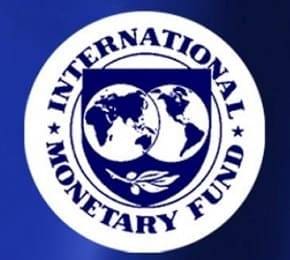Global economic growth continues to remain subdued, and global growth is forecast at 3.2 per cent in 2019, picking up to 3.5 per cent in 2020 (0.1 percentage point lower than in the April WEO projections for both years), according to the International Monetary Fund (IMF). GDP releases so far this year point to weaker-than-anticipated global activity. “Investment and demand for consumer durables have been subdued across advanced and emerging market economies as firms and households continue to hold back on long-range spending. Accordingly, global trade, which is intensive in machinery and consumer durables, remains sluggish. The projected growth pickup in 2020 is precarious, presuming stabilisation in currently stressed emerging market and developing economies and progress toward resolving trade policy differences,” the IMF said in its July 2019 World Economic Outlook (WEO) report.
Since the previous WEO in April 2019, the US had further increased tariffs on certain Chinese imports and China retaliated by raising tariffs on a subset of US imports. Additional escalation was averted following the June G20 summit. Global technology supply chains were threatened by the prospect of US sanctions, Brexit-related uncertainty continued, and rising geopolitical tensions roiled energy prices. Risks to the forecast are mainly to the downside, according to the latest WEO. The risks include further trade and technology tensions that dent sentiment and slow investment; a protracted increase in risk aversion that exposes the financial vulnerabilities continuing to accumulate after years of low interest rates; and mounting disinflationary pressures that increase debt service difficulties, constrain monetary policy space to counter downturns, and make adverse shocks more persistent than normal.

